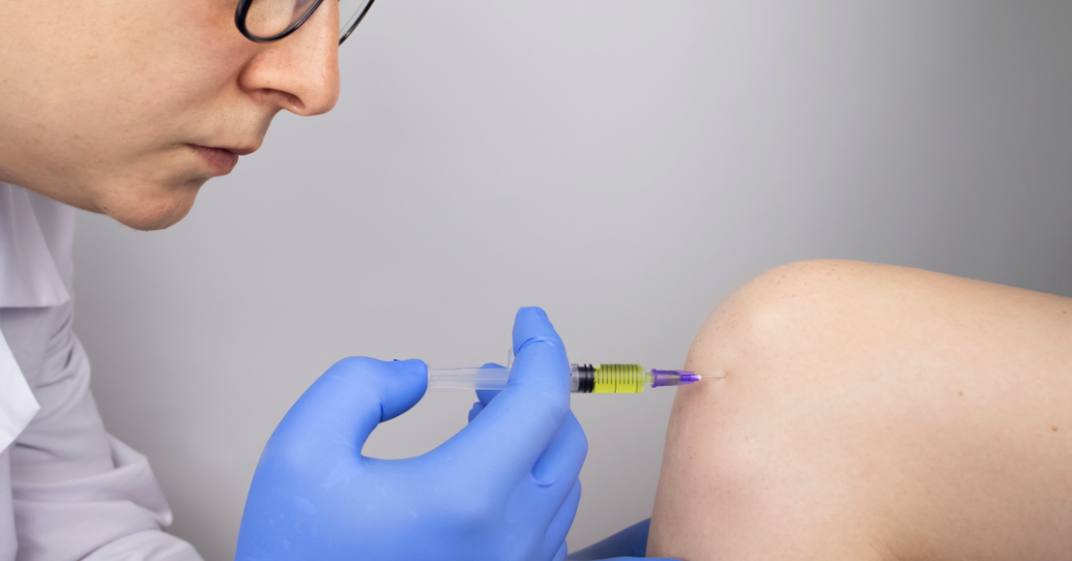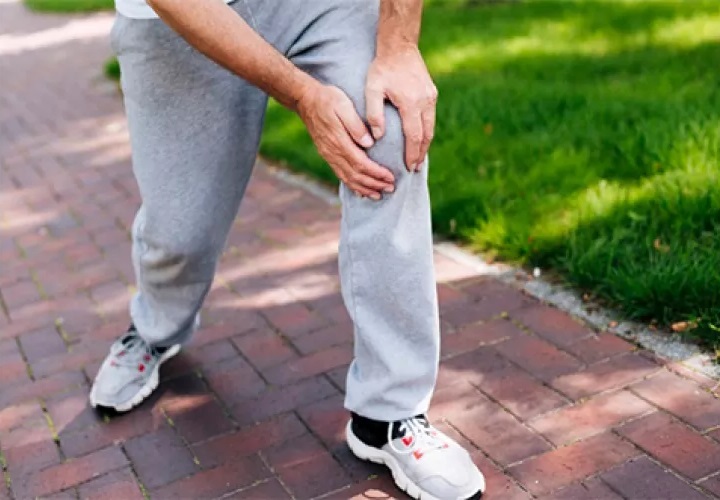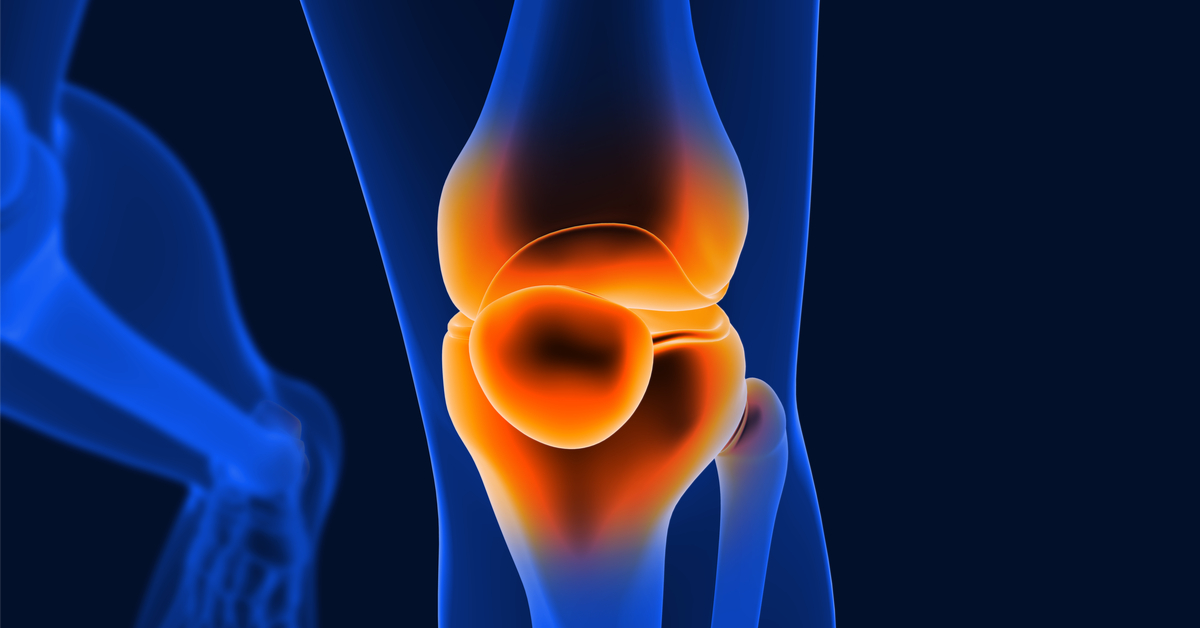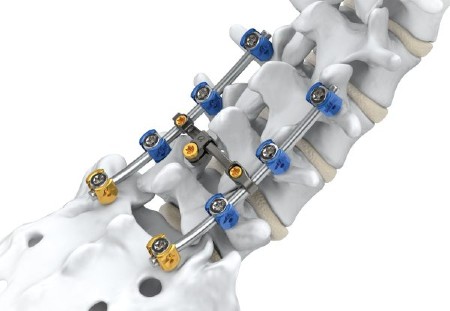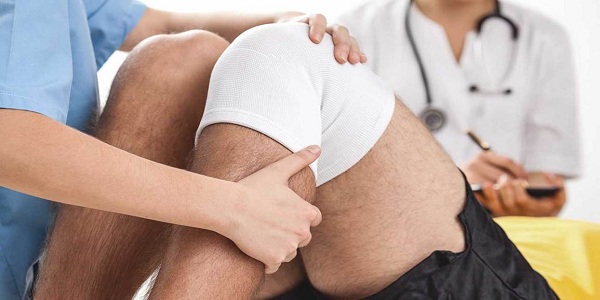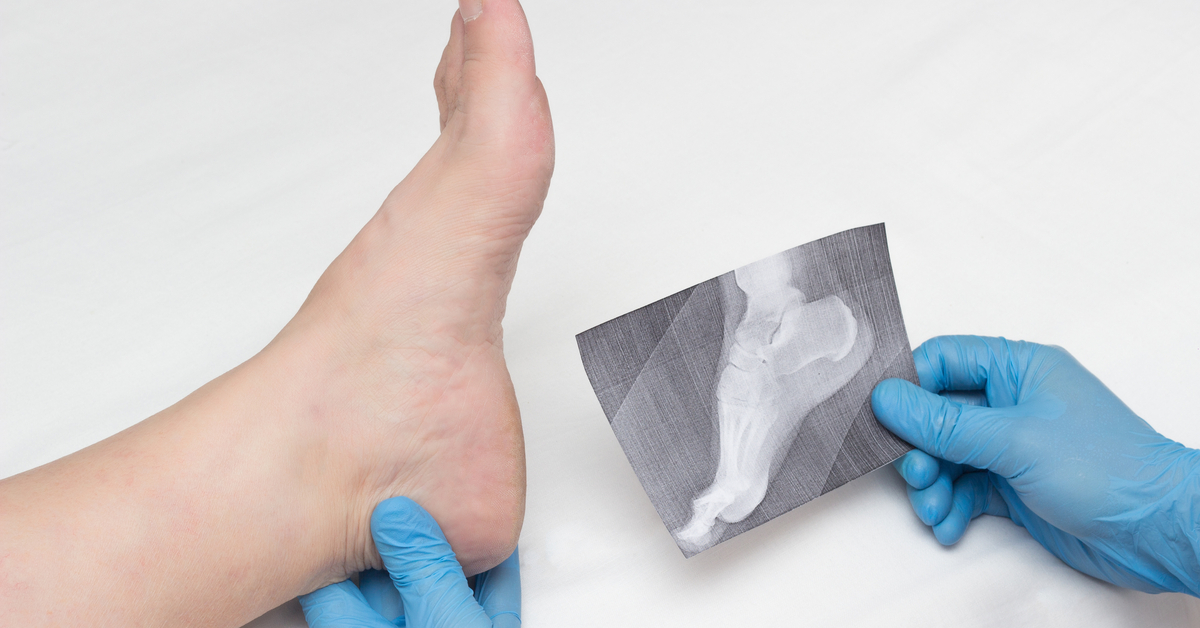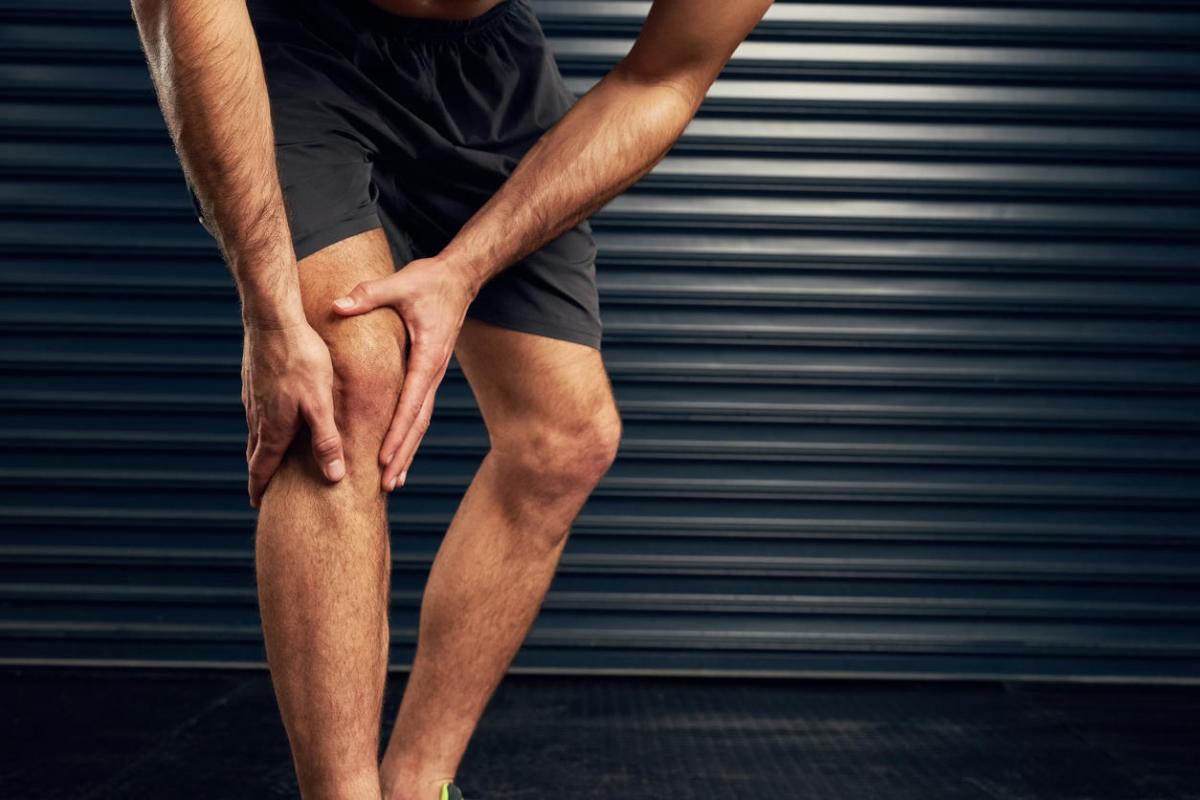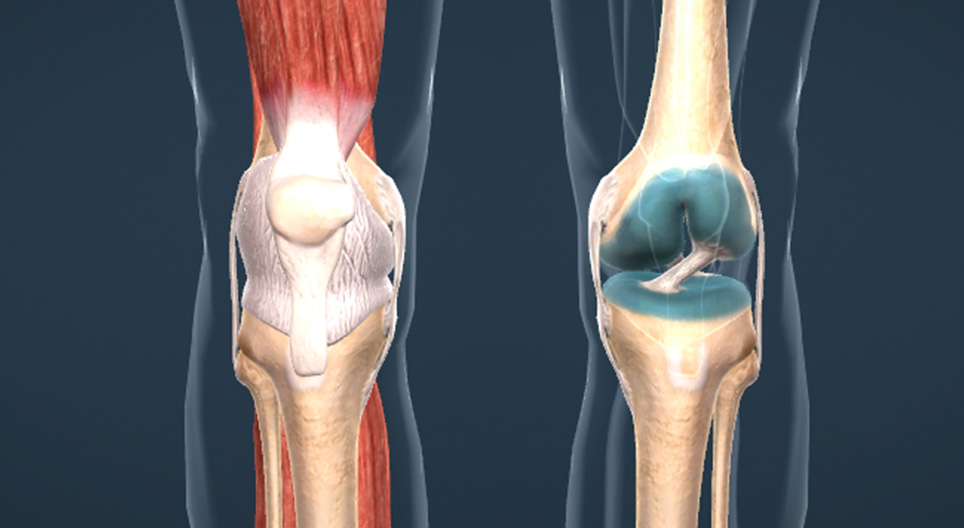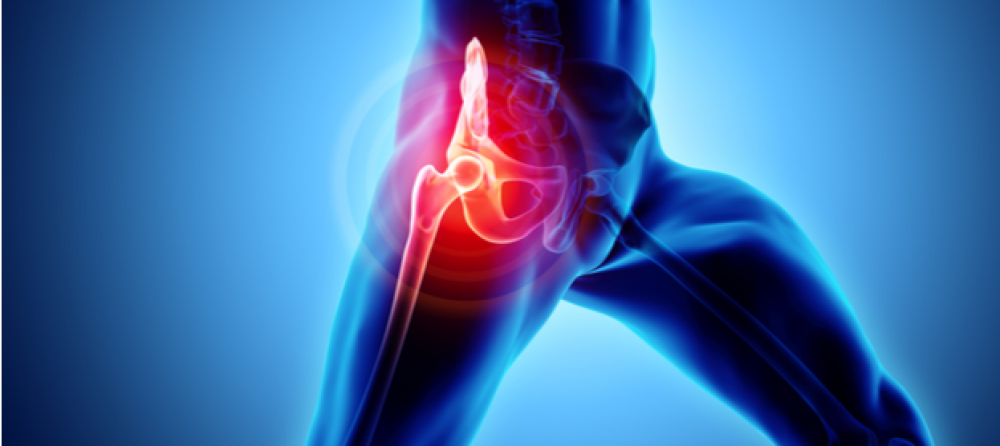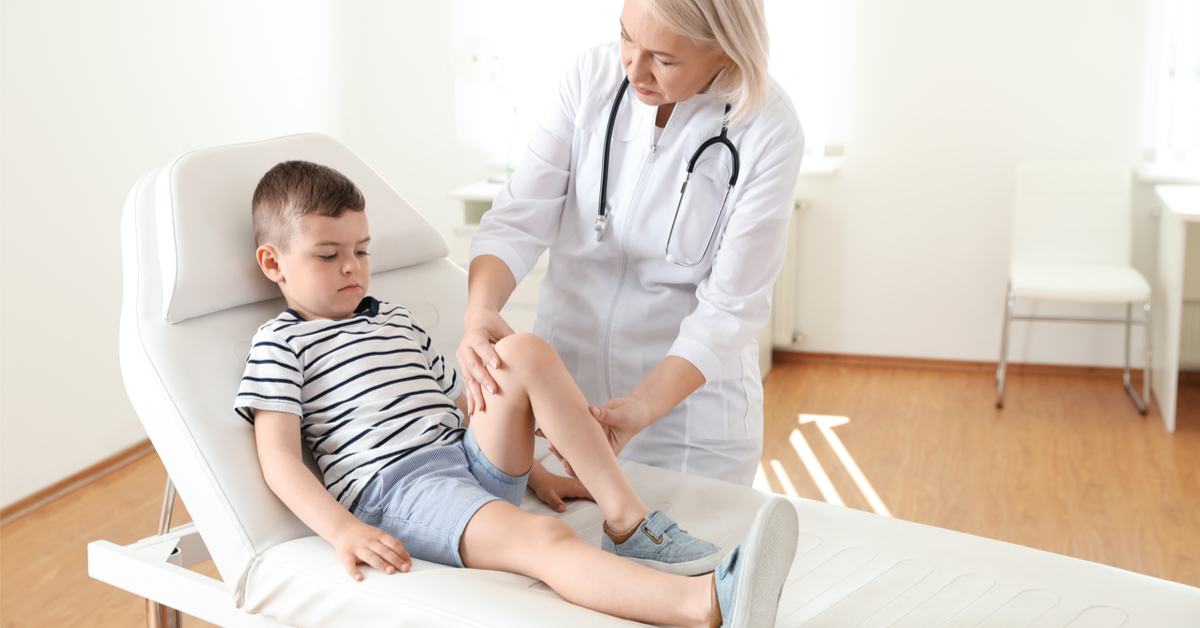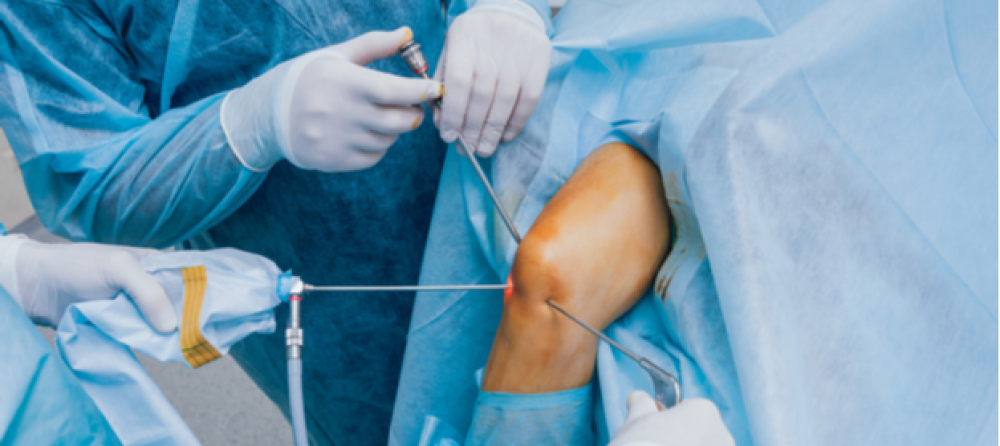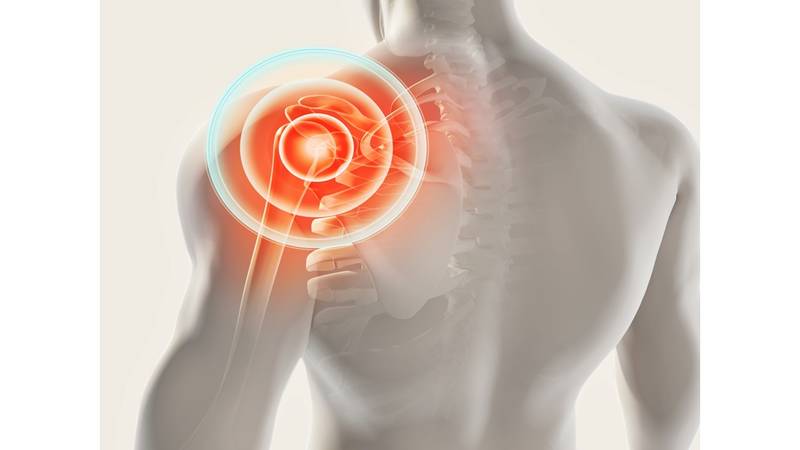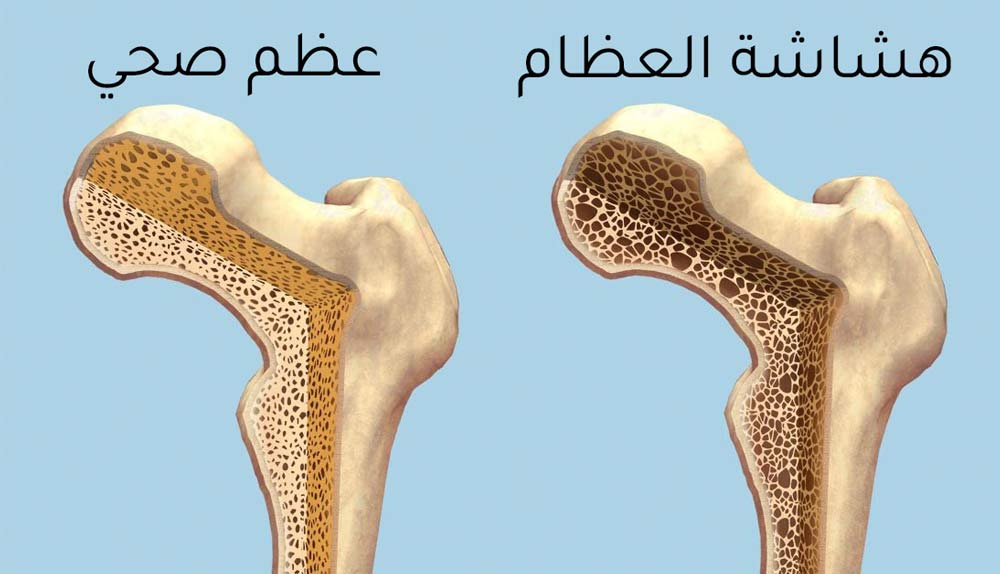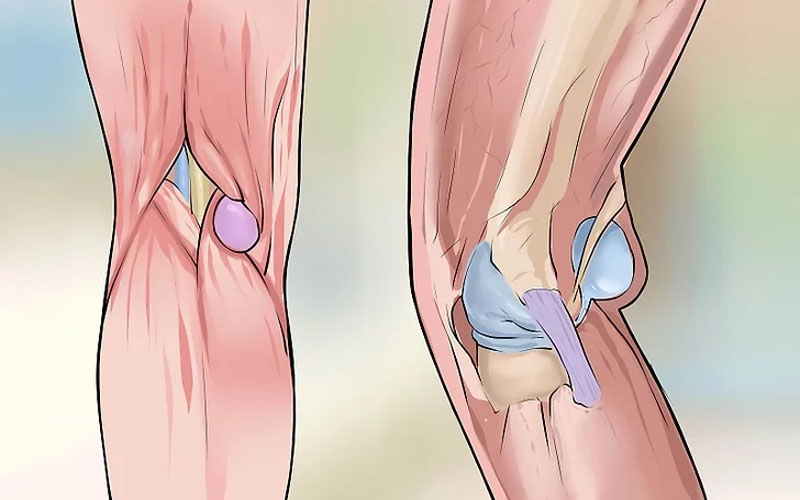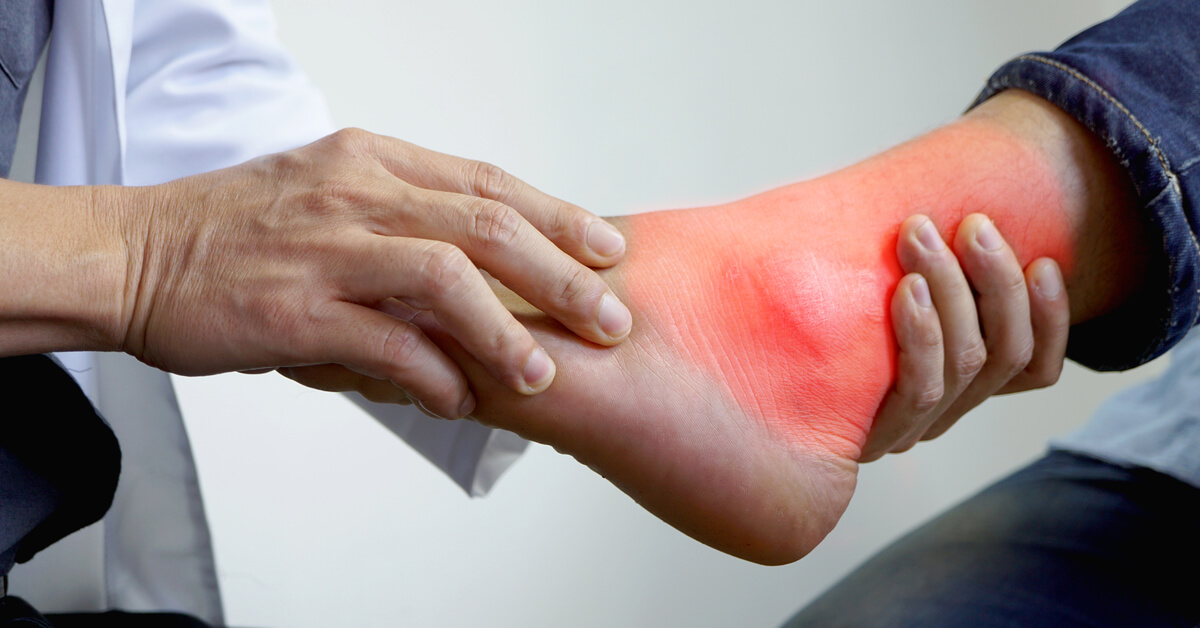Learn about empty knee treatment
There is more than one treatment for an empty knee, which we explain in the following article, and we also explain the causes and symptoms that can occur when the synovial fluid in the knee dries up.
Empty knee treatment
An empty knee is one of the common terms and its scientific name is dehydration of the knee fluid, which is the dryness of the synovial fluid present in the knee, and thus friction can begin to occur between the bones and thus damage to the cartilage and bones occurs and reduces the efficiency of the knee in carrying out its functions.
Synovial fluid or knee fluid consists of plasma and lubricants, including proteoglycans and hyaluronic acid, which work to maintain the viscous texture of the liquid, which is the main age in preventing friction between the bones, and there are cytokines that work to promote the growth and increase of the synovial fluid and thus be more able to face the dangers of dehydration.
Causes of an empty knee injury
The fluid in the knee can be exposed to deficiency or dehydration in what is called the empty knee, and this injury often occurs as a result of a number of reasons that we explain in the following:
- Infection with degenerative arthritis.
- Exposure to rheumatoid arthritis in the knee joint.
- Gouty inflammation of the knee.
- Hemophilia.
How to check synovial fluid
The position of synovial fluid and the extent to which it is affected after knee disease can be identified through the following steps:
- Synovial fluid components can be examined.
- Check the color of the liquid.
- Check the number of white blood cells in the fluid.
- Check for any bacteria or viruses.
Knee fluid dehydration treatment
The dry knee can be treated through a number of steps, namely:
- Paying attention to doing exercises that strengthen the joint and enhance the access of food to it, and thus increases its percentage in the joint.
- Work can be done to improve the patient’s condition through the use of nutritional supplements that help stimulate the body to produce hyaluronic acid, which treats knee roughness and enhances the ability of the knee to move.
- The right use of hyaluronic acid, which helps to improve the condition of the bones and enhance the ability of the joint to work.
Treatment of knee fluid deficiency with herbs
Work can be done to enhance and improve the condition of the knee by promoting the growth of synovial fluid in it, and thus the patient can return to his normal activity, and herbs can be used as a complementary treatment for other types of treatment, and the following types of herbs can be used:
- chamomile.
- mustard.
- ginger.
- olive oil.
- Lemonade.
Is drawing water from the knee harmful?
Sometimes drawing water from the knee or paracentesis is one of the necessary treatments so that the knee is not affected by other symptoms, which affects the patient’s ability to walk, and often the patient is not exposed to complications except rarely, and the risks that he can face are:
- Pain at the site of withdrawal.
- The presence of a blood clot at the site of the injury.
- A collection of pus at the puncture site.

